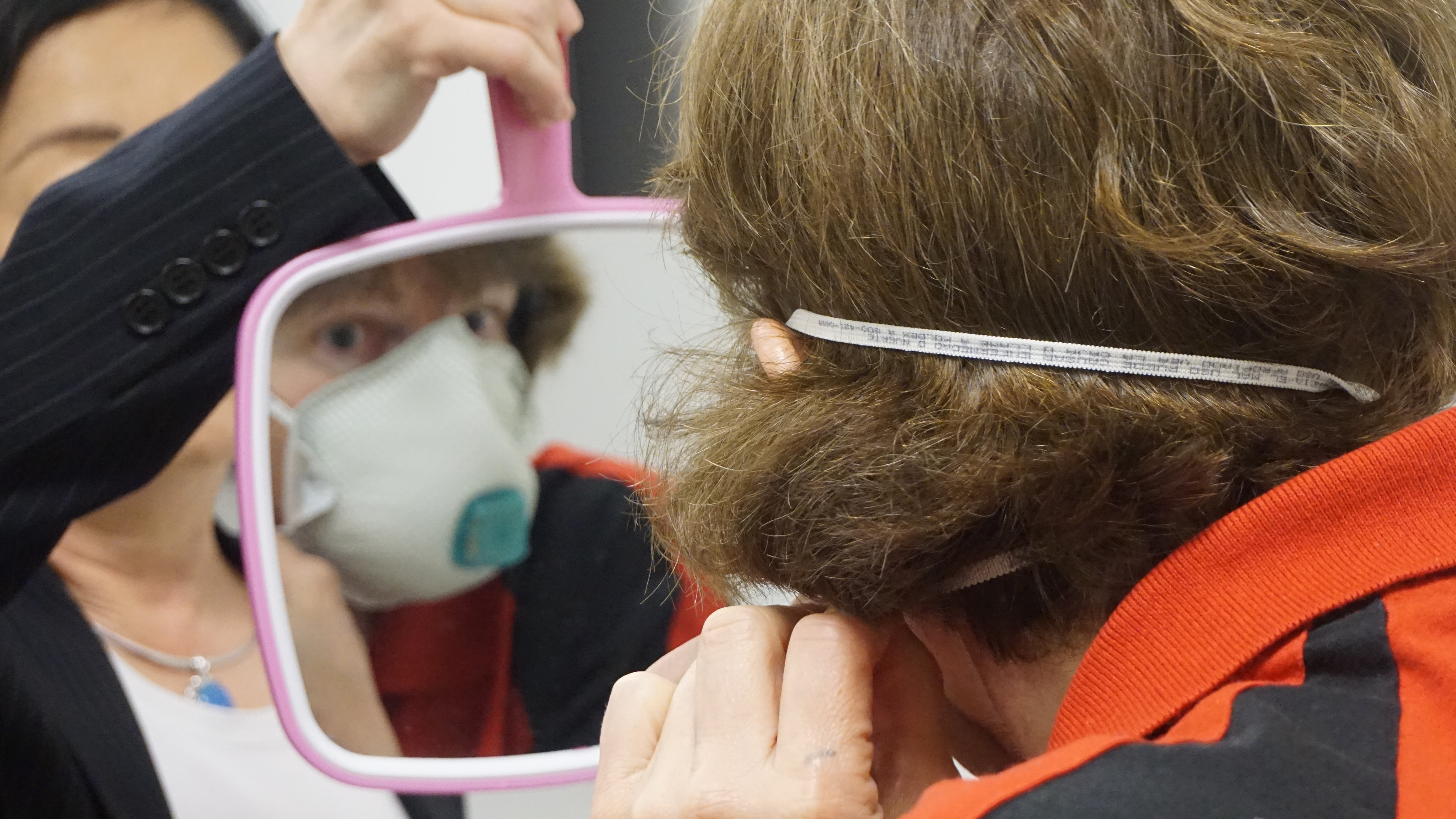Health Protection and Safety Publications from Nebraska Extension: Browse our selection of peer-reviewed Extension publications on a variety of topics related to pesticides and human health.
Agricultural Health Study: This large research project studies the long-term effects of pesticide exposure on human health among farming populations. Almost 90,000 farmers and their spouses have been involved in the project since its inception in 1993.
National Pesticide Information Center (NPIC): Medical and consumer information on pesticides including links for toxicology; health; environmental and chemical properties; product labels and SDS; statistics, etc.
Recognition and Management of Pesticide Poisonings: The National Pesticide Information Center (NPIC) presents information for health professionals on health hazards of pesticides and recommendations for management of poisonings and injuries.
Pesticide Exposure Reporting - PERC-Med: Pesticide injury/exposure reporting requirements by state, including state agency contact information.
EPA Pesticide Resources: At the federal level, pesticides are primarily regulated by the EPA. Find information on a wide variety of pesticide-related topics.
Migrant Health Program: The federal Migrant Health Program provides funds to health centers located around the country to provide health care to nearly 800,000 farmworkers and their families every year.
EXTOXNET (EXtension TOXicology NETwork): A source of objective, science-based information about pesticides written for the non-expert. The EXTOXNET InfoBase provides a variety of information about pesticides.
Laundering Pesticide-Contaminated Clothing
Clothing worn when handling pesticides can retain pesticide residue. To protect your health and the health of those around you, consider these tips:
- Assume that all clothing worn while handling pesticides is contaminated.
- Always wear gloves when handling contaminated clothing.
- Wash clothing as soon as possible after pesticide-related activities, preferably on the same day.
- Wash contaminated clothing separately from other clothing to avoid transfering pesticide residue.
- Pre-rinse, pre-soak, or pre-treat clothing with stain remover.
- Use the hottest water setting available on your washing machine.
- Use the longest wash cycle available on your washing machine.
- Use heavy-duty liquid detergent.
- After washing, run a complete wash cycle with detergent while the machine is empty.
- Line drying and machine drying are similarly effective at removing pesticide residue. However, traces of pesticide may remain in dryer drums. If machine drying, consider wiping the drum afterward.
- If clothing is heavily soiled, wash it 2-3 times or consider discarding it, especially if the pesticide present is highly toxic.
